Click Smart Move icon
 and click More>> the Smart Move
dialog box that appears.
and click More>> the Smart Move
dialog box that appears.
The Quick Constraint frame contains
the list of the constraints that can be set. This list displays these
constraints in a hierarchical order and can be edited by using both arrows
to right of the dialog box.
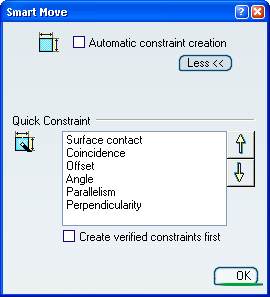
Check the Automatic constraint creation.
The application creates the first possible
constraint as specified in the list of constraints having priority. For
more about this list, please refer to Quick Constraint.
Select the axis of Jack_Branch_1 as shown:
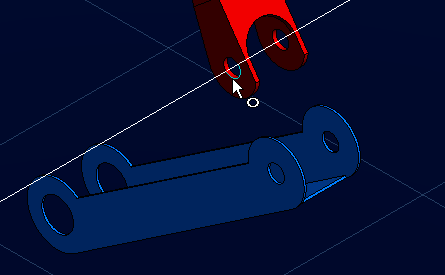
Select the axis of Jack_Branch_3.
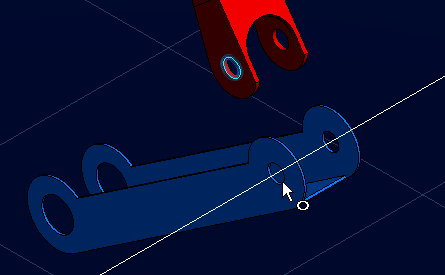
Instead of explicitly selecting both axes, you
can select the axis of Jack_Branch_1 and then drop it onto the blue inner
cylinder face when your cursor points to this face.The application detects a possible constraint
between the axes. As the option Create constraint is on, the application
can set a coincidence constraint between both axes.
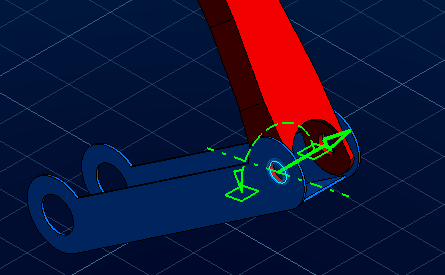
Click the green arrow to reverse the direction of the
component.
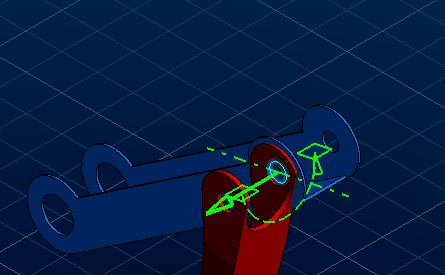
Click OK to confirm, create the
engineering connection and quit the command.
The engineering connection is created and contains a
coincidence constraint.